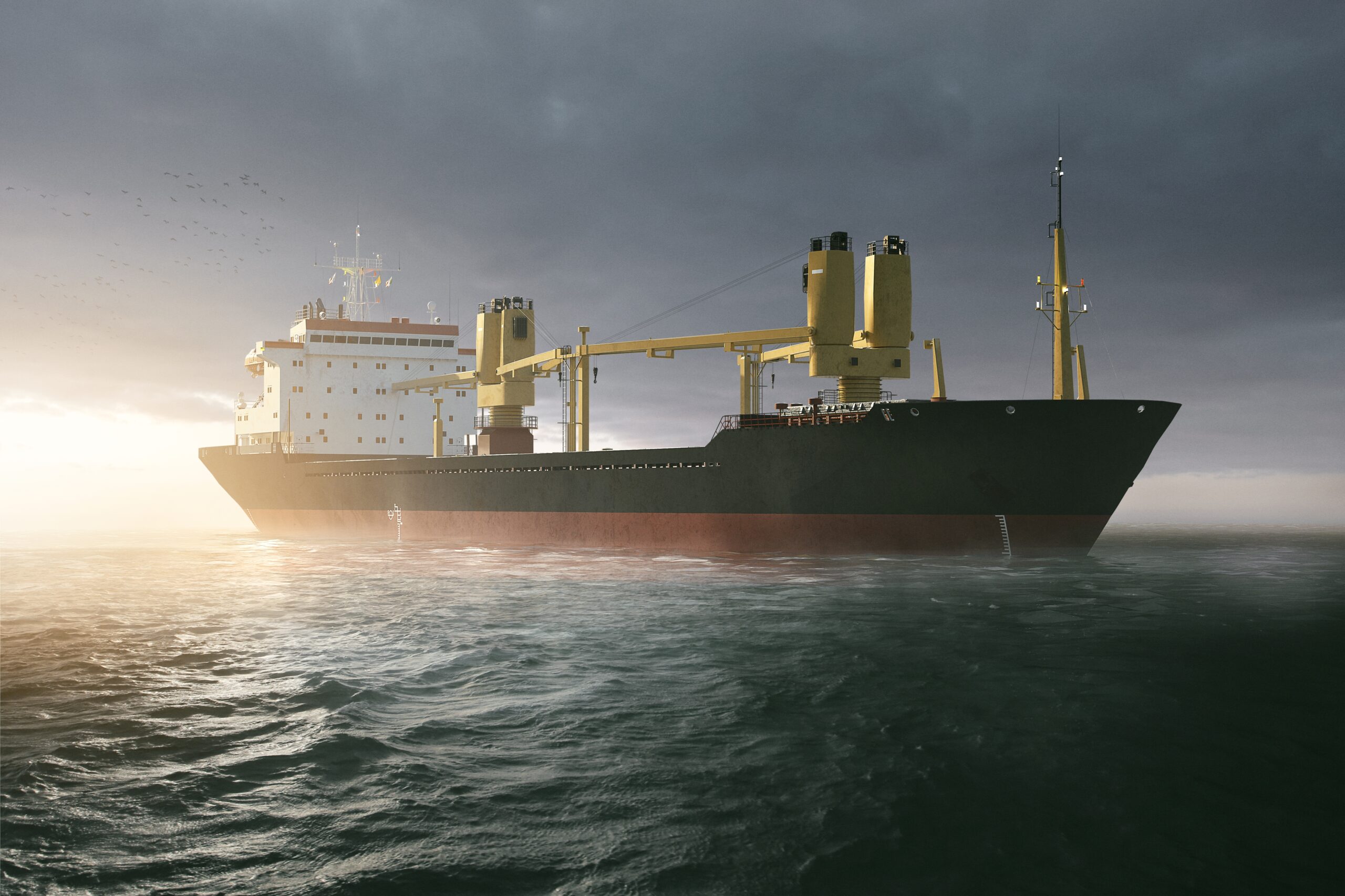In the complex landscape of logistics, understanding the different modes of transportation can empower businesses to make well-informed decisions that maximise cost efficiency. While many may be acquainted with basic terms such as consolidated cargo shipments or how to write a bill of lading, this article aims to provide an in-depth exploration of breakbulk shipping, its advantages, and how it compares to other shipping methods.
An Overview of Breakbulk Shipping
Breakbulk shipping caters to cargo that cannot be accommodated in standard-sized shipping containers or cargo bins. Rather than being confined to containers, the transportation of breakbulk cargo is done using skid, crates, and other specially designed packaging. This type of shipping method is particularly suitable for oversized, heavy, or irregularly shaped cargo that other shipping methods may struggle to handle. In the next section, we will identify some examples for you.
Examples of Breakbulk Cargo
The type of cargo suitable for breakbulk shipping can vary greatly as it depends on its size and weight. Some prevalent examples of breakbulk cargo include:
- Reels and rolls: Large reels of cable or paper rolls, for instance, can be more conveniently transported as breakbulk cargo.
- Steel girders and structural steel: The transportation of these building materials is simplified when they are shipped in their original form without requiring disassembly.
- Heavy or oversized goods: Items like turbines, generators, or industrial machinery are more efficiently shipped without the constraints of container dimensions.
- Manufacturing and construction equipment: Breakbulk shipping enables the transportation of large pieces of heavy machinery crucial for various industries, ensuring a smooth supply chain.
Benefits of Breakbulk Shipping
Breakbulk shipping offers several advantages that make it an attractive option for businesses; they include:
1. Accommodating Oversized and Heavy Cargo
As mentioned earlier, breakbulk shipping excels at handling cargo that is too large or heavy for standard shipping containers. Vessels designed for the transportation of breakbulk cargo are equipped with high-capacity deck cranes and other specialised equipment that enable the seamless loading and unloading of large or heavy items.
2. Cost-Effectiveness
For certain cargo types, breakbulk shipping can be a more affordable transportation option than container shipping. Businesses can save on costs associated with container hire, storage, labour, and equipment rental, making it a financially attractive choice for specific shipments.
3. Simplified Handling and Faster Delivery
Since breakbulk cargo does not require disassembly or separation, handling requirements are reduced, leading to faster delivery times. This simplification is particularly valuable for businesses that need to transport goods quickly and efficiently.
4. Accessibility to Smaller Ports
Breakbulk shipments can be delivered to a wide range of ports worldwide, including smaller ports that lack the infrastructure to accommodate larger container ships or tankers. This increased accessibility can open up new business opportunities for companies looking to expand their market reach.
What is the Difference Between Breakbulk Shipping and Other Shipping Methods?
Businesses must understand the differences between breakbulk, bulk, and container shipping to make informed decisions about their logistics needs.
1. Breakbulk Shipping
As previously discussed, breakbulk shipping is tailored for cargo that does not fit into standard shipping containers. It is particularly suited for oversized, heavy, and uniquely shaped items.
2. Bulk Shipping
Bulk shipping involves the transportation of large quantities of loose, unpackaged goods, such as coal, grain, and ores. These goods are loaded directly into the cargo hold of specially designed bulk carriers, facilitating the efficient transportation of these types of cargo. Bulk shipping is ideal for commodities that can be easily poured, scooped, or otherwise handled in large quantities without the need for individual packaging or containment.
3. Container Shipping
Container shipping is the most prevalent method of cargo transportation, in which cargo is loaded into standardised shipping containers. This method is efficient for smaller, stackable items and offers increased protection during transit. Containers can be easily transferred between different modes of transportation, such as ships, trucks, and trains, making it a versatile and widely used shipping method.
Partner with Halcon Primo Logistics for Your Shipping Needs
No matter the shipping method required, Halcon Primo Logistics is dedicated to fulfilling your needs. With our expertise in breakbulk shipping, as well as bulk and container shipping, we ensure that your cargo is transported efficiently and cost-effectively. Contact us today to discuss your shipping requirements and let our team of experts help you determine the most suitable shipping method for your specific cargo.


